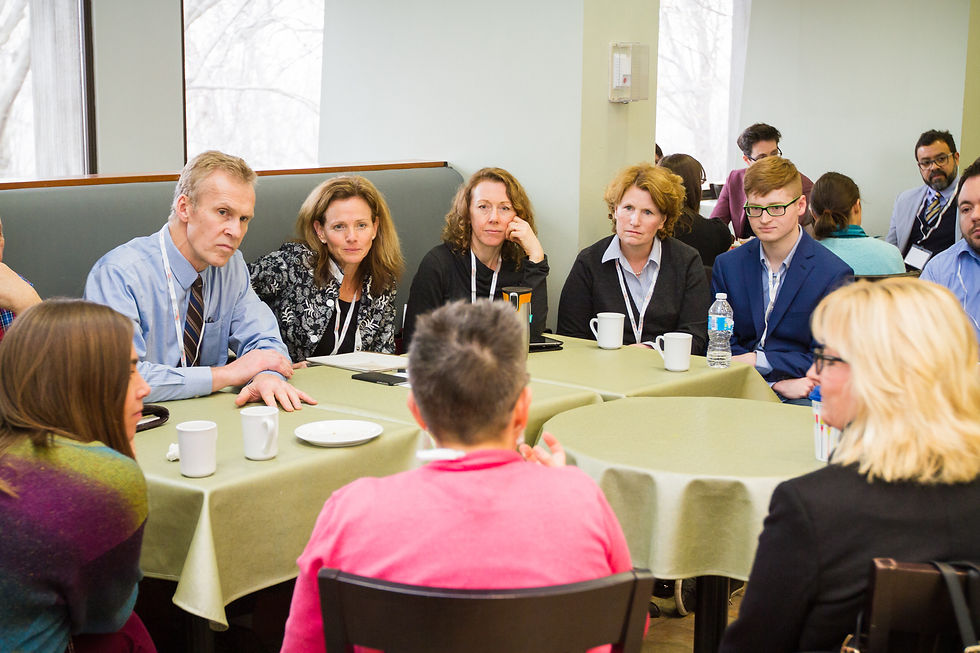The Intersection of Science and Communication
- Alison Symington
- Jun 11, 2018
- 3 min read
In my role on the Board of Life Science Ontario and as a strategic consultant in life sciences, I have dedicated a good deal of time to mentoring students and colleagues about career choices. Often over a cup of coffee, the conversation turns to careers in science. I, myself, have changed my “career” at least 4 times, although it has always been grounded in science. When I probe, the standard careers in science are discussed, researcher, doctor, nurse, veterinarian etc. These are all really fabulous careers that are thought provoking and rewarding but there are so many more careers that at first glance may not be thought of as “science” careers. Careers of the future will be designed by the individual, entrepreneurs, and some may not even exist today. But in all of these careers, traditional or emerging, the overarching theme will be an ability to communicate value.
One of the great things about my connections with STAN is the interactions I have had with so many in the outreach world who have had varied careers, all driven by their passion for science. When I started in science, my first job was as a research scientist in a pharmaceutical company. I had no idea about science communication or science outreach. The company gave me an opportunity to lecture to high school students and to work with the local science fair organization. Those interactions helped nurture a lifelong passion for science outreach and a great interest in the intersection of science and art. Over the next 25 years of my career, I worked with scientists in different fields of research, including video-gaming companies, art and building-design, and communication. Many of these career paths were not planned for when these folks first graduated. In fact some of these jobs did not exist, but by combining their passion for science with their passion for arts and communication, they found a niche that was rewarding and valuable. These interactions have had a significant impact on my current work.

I now help scientists and industrial partners put large-scale research projects together that seek to answer some of grand challenges in society like climate change, food security, and some of our most difficult health challenges. I didn’t know my current job existed when I started in STEM. I have crafted my career from my passion for science and my belief in the importance of communication — not just of the science to the public, but also changes within the industry. I believe that the best teams and best projects have a truly multidisciplinary approach. Scientific teams need to tell their story through both visual and oral communication.
Why is this so important? It is vital that those who design the research understand the needs of those who will use it; otherwise good research will remain on the shelf, not achieving the impact it could have. This isn’t just related to an industry partner but to society as a whole.
How do you communicate? It’s not about making it simple, it’s about making it relevant. Interacting with those in the world of communication and art, who are keenly aware of the importance of relevance, makes science better.
In this regard, I have truly benefited from my interaction with the members of STAN. These interactions and collaborations have exposed me to many different ways of communicating to youth, government, industry, and society. We should never minimize how important science communication is as we look to solve some of our grand challenges.




Comments